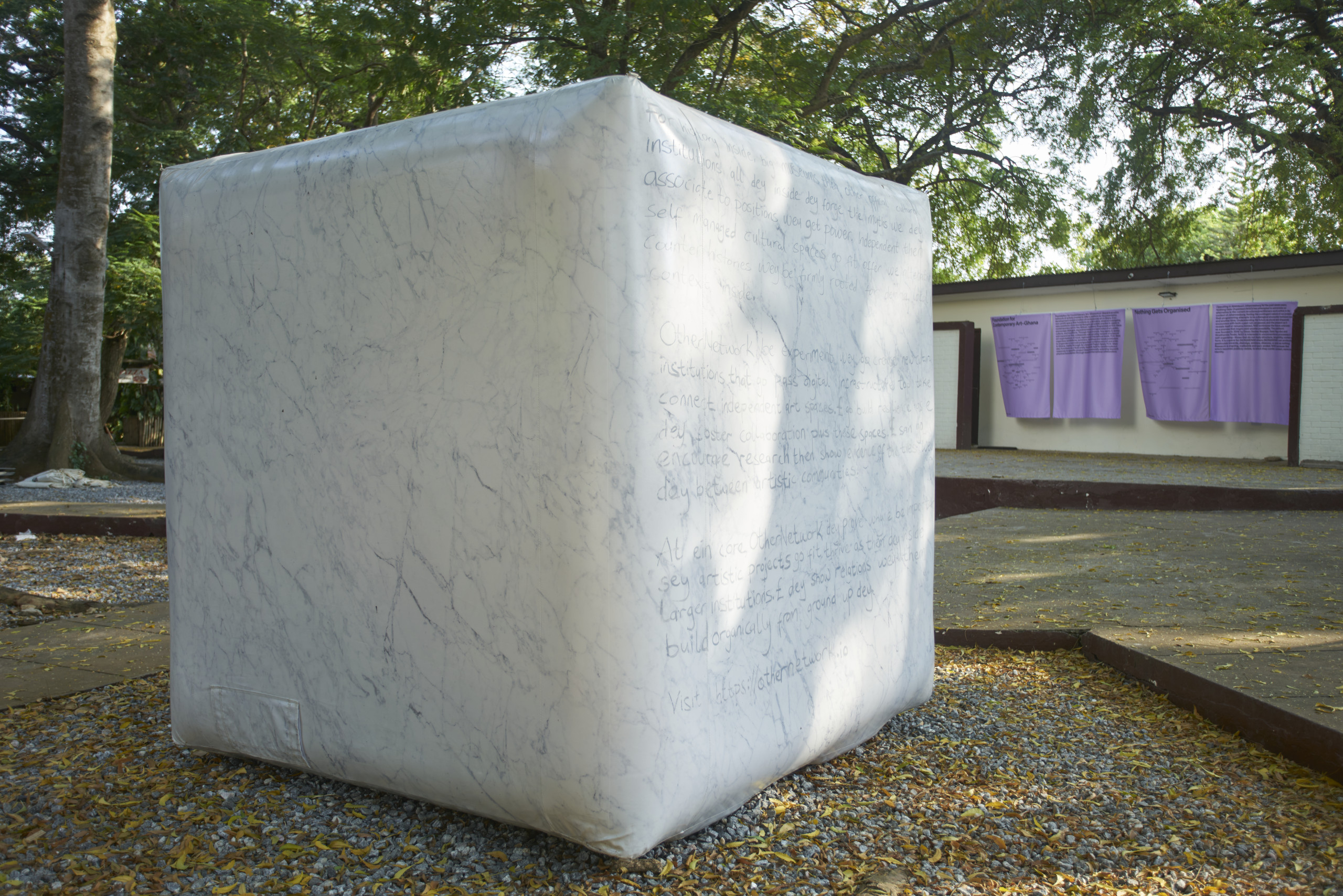Editorial 01 – Interdependence
April 12, 2023
Editorial, Interdependence
April 12, 2023
Editorial, Interdependence
Throughout history, large art museums and cultural institutions have been instrumental in forging powerful myths. To control a museum, as art historian Carol Duncan wrote, “means precisely to control the representation of a community and its highest values and truths. It is also the power to define the relative standing of individuals within that community.”1Carol Duncan, “The Art Museum As Ritual,” Civilizing Rituals: Inside Public Art Museums (Oxford: Routledge, 1995). For a task of this magnitude to be left in the hands of hegemony, as most museums are, is at best a flawed process of gatekeeping, and at worst contributes to cultural violence.
In recent years, however, the status of the art museum has become ever-more scrutinised for the power it holds and the values, politics, and communities it represents (and doesn’t). Well-funded national institutions are increasingly criticised for their whitewashed historical narratives, while the ill-begotten provenance of international collections in Western art museums has come under renewed fire. At a structural level, problematic organisational frameworks are being called out, while funding used to greenwash the credentials of large corporations and private individuals has arisen to the forefront of public debate. Family names of controversial donors are being scrubbed from walls while collections are being queered, decolonised, and made more accessible.
These changes are welcome, but can only go so far. The very architecture of such museums is so connected to systems of power that even a reformed institution can never represent everyone. For a truly democratic understanding of the art world, we need to turn our attention towards its peripheries. Independent and self-managed cultural spaces can offer alternative, counter-hegemonic narratives, not to mention some of the most groundbreaking art. If you take the time to look for it, most cities have their own critical density of smaller independent or artist-initiated projects and spaces. To succeed in an artistic landscape where large museums dominate requires a resilience that is cultivated through collaboration, mutual support, and directly addressing the needs of artists and their communities. Having independence from mainstream institutions requires interdependence.
Months of research developed in collaboration with local partners representing independent art spaces across sub-Saharan Africa have convinced us of this. Inventive forms of collaborative and critical practice are often born in cities where the infrastructure of cultural funding and subsidies is limited. In parallel to supporting artists and curators themselves, independent art initiatives often serve fundamental roles in their wider communities, too. Artists and curators are rooted in local contexts, and can have a pragmatic understanding of the needs of their neighbours that extend beyond artistic collaboration, from distributing meal packages to families in need during Ramadan to providing face masks and delivering contraceptives door-to-door during the Covid pandemic, or simply serving as a resting place for workers on their break between jobs. New and urgent forms of practice are also evident where quality art education is lacking. According to the late Bisi Silva, founder of the roaming pedagogical and curatorial Àsìkò Art School, a collaborative, non-hierarchical approach to exchanging ideas “allows us to respond to the failure of postcolonial education systems on the continent, by equipping artists with skills and knowledge that counter the market-oriented gallery environment of most African cities, the moribund art institutions of the state and the outdated curricula of tertiary education systems.”2Bisi Silva, “Creating Space for a Hundred Flowers to Bloom,” Àsìkò: On the Future of Artistic and Curatorial Pedagogies in Africa (Lagos: CCA Lagos, 2017), p.XIV-XXIII.
The successes of such projects should be celebrated. But due to their often transient and temporary nature, the histories of independent or artist-initiated spaces are frequently overlooked and not extensively documented. This is particularly apparent outside a Western context, given the ways that supposedly canonical narratives dominate. The editorial content on this platform therefore aims to complement the accompanying data visualisations to elevate some of the spaces featured through stories, ideas, anecdotes and discourse. Delving into specific independent projects featured in our database from around the world, a number of specially commissioned texts–published in both English and a local language of the author’s choice–aim to deepen our understanding of particular entries. The first series of these, titled Interdependence, is being co-published with e-flux Architecture on the occasion of the launch of OtherNetwork. In other cases, the database will be used as a starting point to discuss the wider context of independent cultural production, peeling back the tension between the local and global to discuss the positioning of art within the city.
While OtherNetwork can be seen as a celebration of cultural practitioners working outside the mainstream, it would be naive to presume that the grass is entirely greener at the periphery: many independent or artist-initiated spaces struggle against municipal politics, compete with one another for funding, and face difficulty in securing permanent spaces. While social, cultural, economic and political differences between territories and regions are vast, the universal nature of these challenges shows the urgency of working towards common goals.
When multiple artist-initiated spaces are understood collectively, their strength in numbers gradually builds its own sense of power. To this extent, OtherNetwork can be understood as an experiment in creating an alternative, decentralised cultural institution in its own right. By adding an element of storytelling to its complex digital infrastructure, associations between the network–of artists, cultural producers, projects and communities–can be better understood. It is only through embracing this truly interdependent landscape, that we can finally begin to chip away at the myths of the art museum.
Interdependence is a collaboration between e-flux Architecture and OtherNetwork
